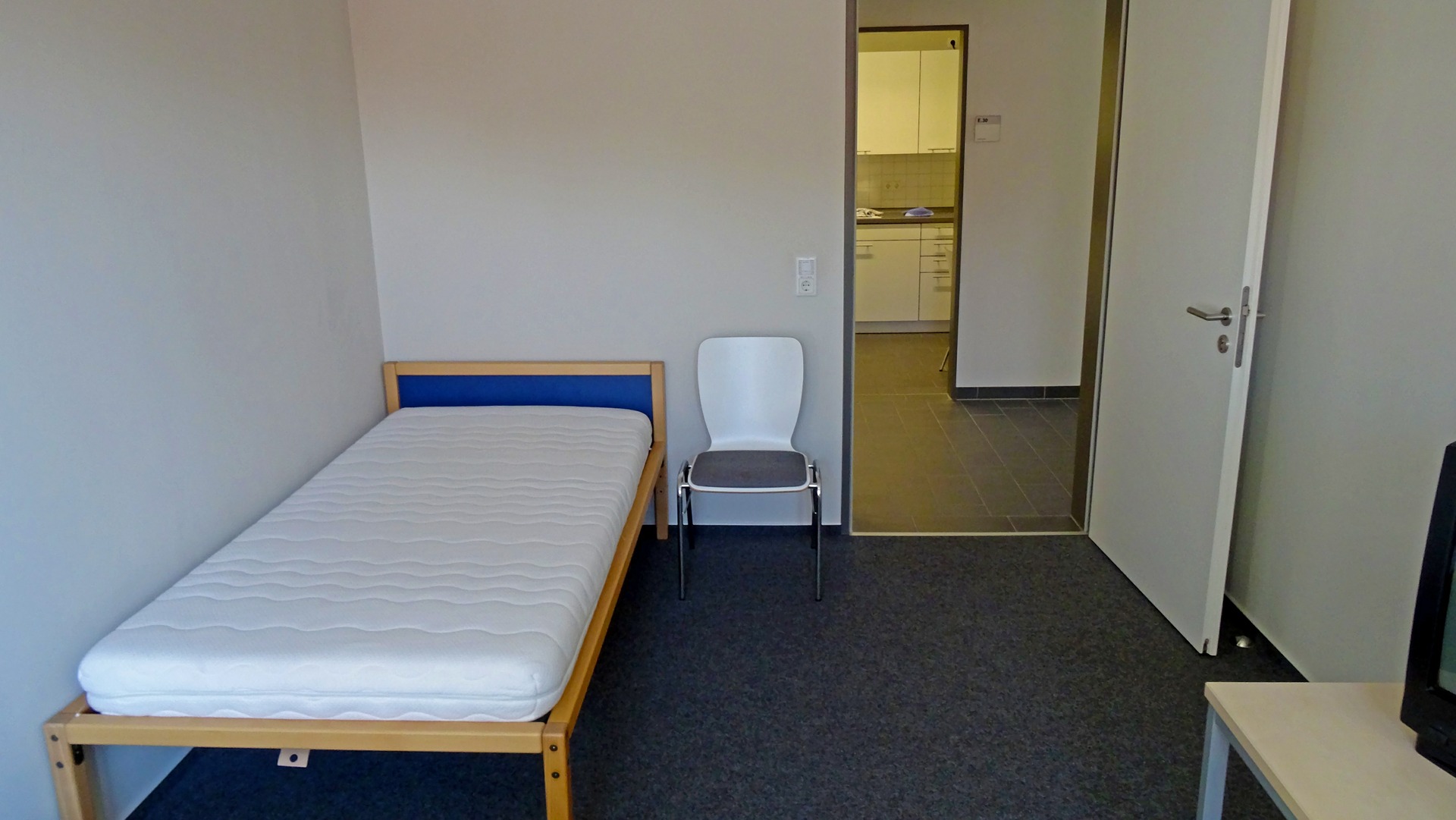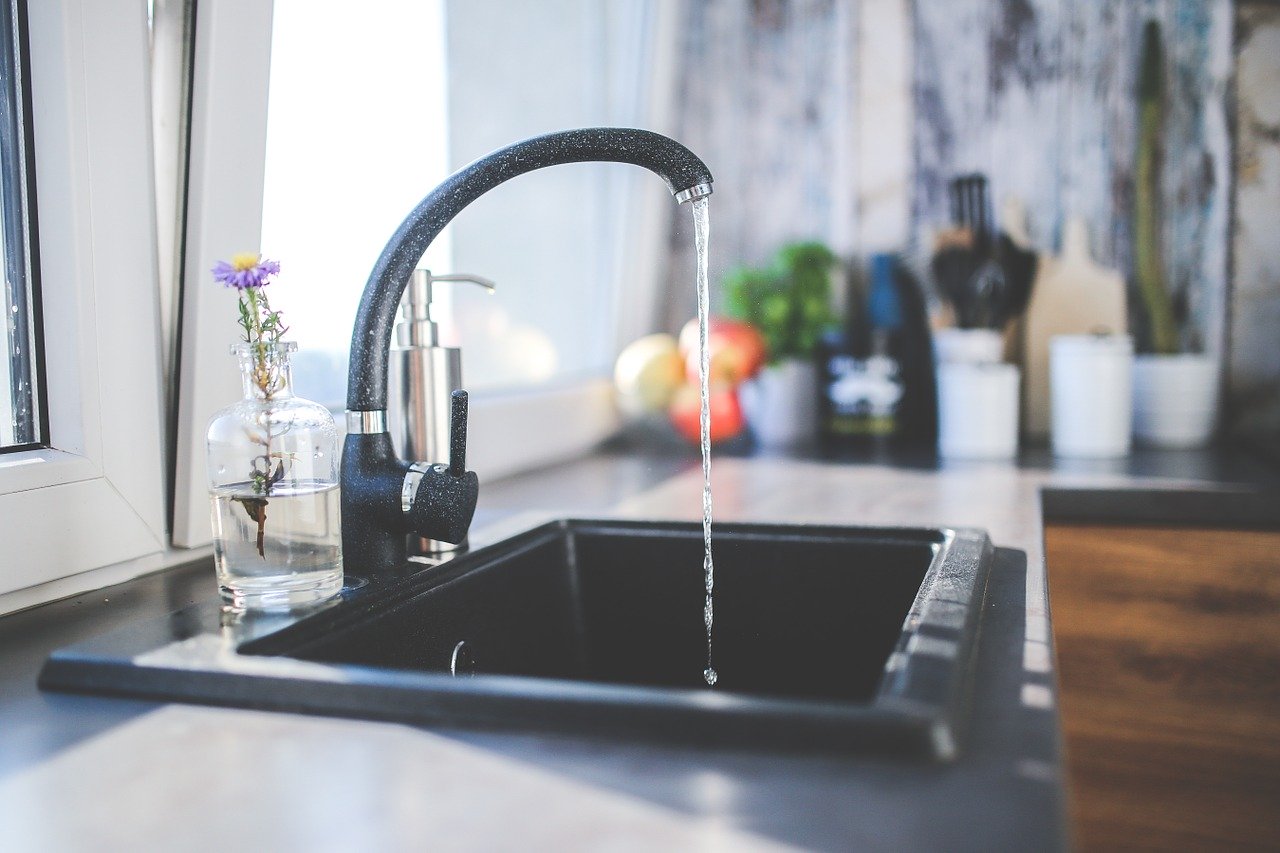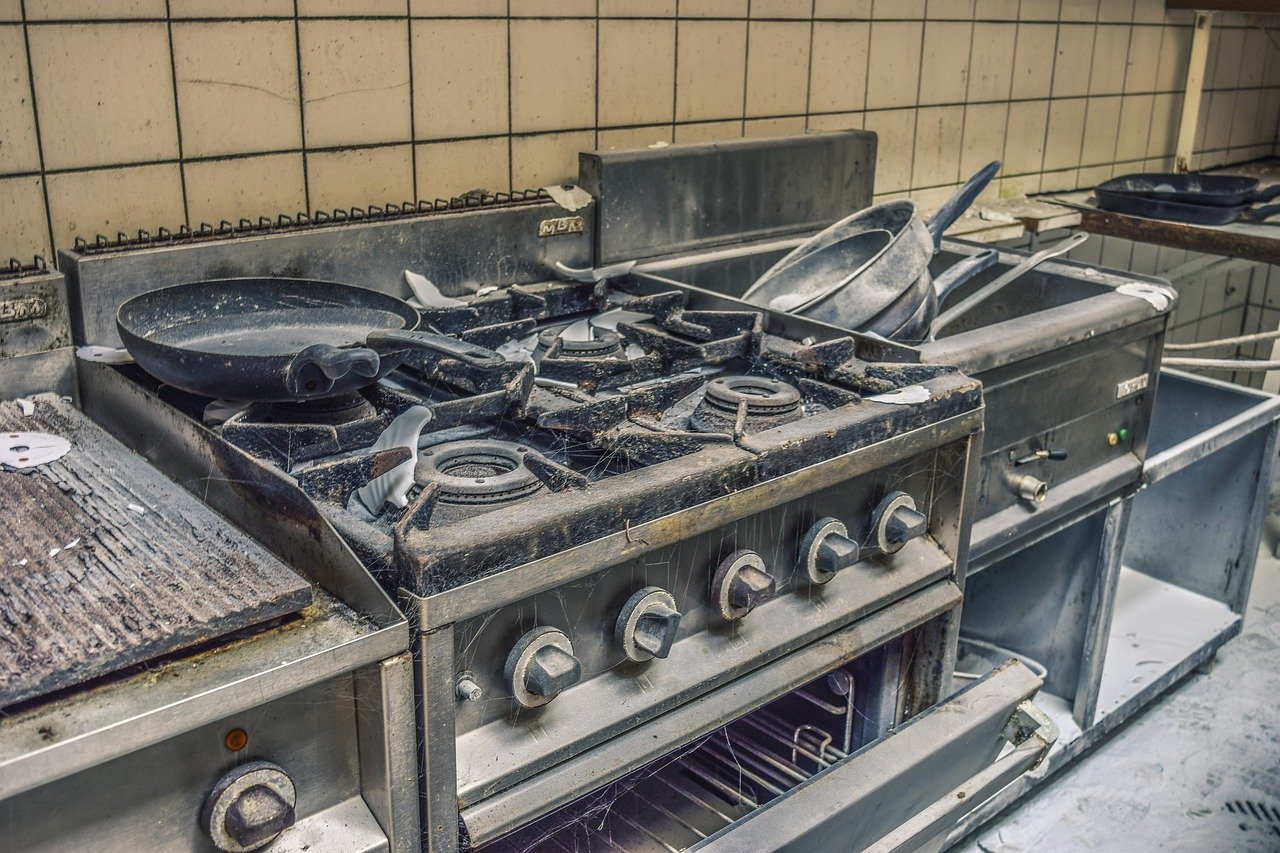5 Reasons Why Choosing Cheap Disinfection Service Can Be Dangerous
5 Reasons Why Choosing Cheap Disinfection Service Can Be Dangerous
This pandemic has boosted the housekeeping and cleaning industry, with cleaning and disinfection service providers sprouting one after another. While it has given a healthy competition in this industry, and more options for consumers, there is a hidden danger in the emergence of cheap disinfection services. One that not all customers know about, or probably refuse to accept because of the cost, only to compromise the health and safety of their family, colleagues and employees.
5 Dangers of getting the wrong / low cost disinfection service
Need something cleaned?
LACK OF SKILLED WORKERS
Prior to this pandemic, only a handful of companies and professionals carry out disinfection services. Training are only made by professionals who specialize in this field and would require intensive training and theoretical learning. Now, almost anyone can clean and disinfect but does not have to skills to properly and completely do it – let alone know what is the difference between disinfection and sterilization.
Here at CMDA Cleaning Services, we are practicing and executing all the knowledge we have incurred in our Cleaning and Infection Control in General Facilities training under the Cleaning Masterclass from the United Kingdom (UK). We know what principles are needed to execute a proper cleaning and disinfection in any given area and situation.
CHEMICALS USED ARE NOT BACKED BY SCIENCE AND EXPERIENCE
Common chemical disinfectant resources found in social media and the internet are “minimum” standard for disinfection, such as bleach and chlorine, however, this is not the best available disinfectant available in the market. There are other disinfectants that have been proven to kill the coronavirus on surfaces even way back on the first SARS outbreak back in 2002 like Quaternary Ammonium Chloride chemicals. They are backed by years of studies and have demonstrated better efficiency compared to other compounds, and on the plus side, more friendly to those with respiratory problems.
CMDA Cleaning Services uses Lauryl Dimethyl Benzyl Ammonium Chloride for disinfection. A quaternary ammonium chloride compound that is FDA and US CDC approved, used by Hong Kong and China to fight both SARS-1 and SARS-2 (NCOV) and have successfully won.

METHOD AND EQUIPMENT USED ARE NOT EFFECTIVE
Not all disinfection methods are effective in killing the coronavirus, and not all disinfection method can protect you against future possible surface contamination. Most common methods are wiping down surfaces, spray, ultra low volume spray, and fumigation. The drawback against these methods are mainly because they work against physics (gravity and surface tension) and biology. These methods do not cover all surfaces that can be a potential point of contamination or worse, breeding ground of other organisms.
Though we also offer these methods, we highly recommend Electrostatic disinfection which is highly effective in covering a wider area. This type of disinfection electrically charge the disinfectant, turning it into a magnet and attaching immediately to surfaces, including viruses. It also keeps the surface moist to ensure that the chemical disinfectant attaches and interacts with the virus (which loves moisture).

“Studies have shown that COVID-19 reinfections (getting covid twice or more) were due to false sense of confidence due to built immunity, disregarding minimum safety protocols and poor disinfection”
CHEAP SERVICE MEANS CHEAP LABOR
It seems that history repeats itself, that everytime the world enters into a great depression, lay-offs and unemployment rise. With no jobs available, laid off workers will look for other jobs even if the salary is not enough, and in our current situation, this is no exception. Since the rise of disinfection service companies, competition is stiff, and the lowest bidder (rates) would almost always win. You may have disinfected your place but you might want to consider the lives of the people behind the service. Support good business practices and just labor.
Here at CMDA, part of our COVID-19 response include keeping our employees’ wages as it is, provide them with a clean and humane place to live in, and to provide them with safe means of transportation to our clients and back to the office and staff house. Our success is partly due to them, and so we ensure that they are well commensurated beyond what the labor code provide.

DISINFECTION SERVICE NOT BACKED BY EXPERIENCE
Most cheap disinfection service providers have just opened shop this year, with zero experience and training. As the saying goes “you pay peanuts, you get monkeys”.
CMDA Cleaning Services has been providing quality service for over 8 years and professionalism is one of our core values including continuous learning and training to ensure that the service we provide are up to date with the latest world class standards.

Do you want to learn more on how CMDA Cleaning Services can help you, your family, or your office fight against COVID-19? Send us an email at inquiry@cmdacleaning.com, or call/text us on any number mentioned above.
Let’s all be well and healthy, wear a face mask, wash our hands frequently, maintain a 1-2 meter physical distance to non-family members, and stay at home if we can. Stay covid-free!




















 Cleaning the bar of soap that fell in the toilet
Cleaning the bar of soap that fell in the toilet